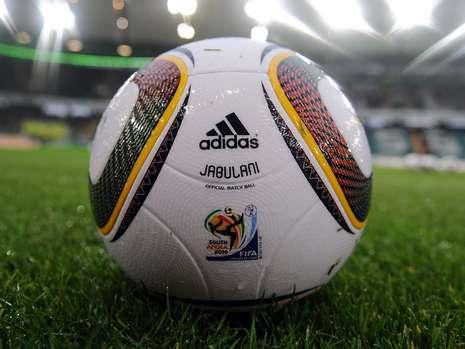
Modern day soccer can generally trace it's beginning to England in the 1800's although many countries and cultures can lay claim to forms of soccer dating back centuries. Who knows ancient man likely kicked around rocks in prehistoric forms of soccer.
Among popular stories about the origin of soccer is from the 8th century when a Prince from Denmark was beheaded. The story is told that his head was kicked around on the ground and used like ball. King Edward III had to pass laws attempting to stop people from playing the game as it's origins are claimed to have resulted in injury and death.
But generally modern soccer can be traced to England in the 1800's played by the upper classes, the Aristocracy. It wasn't long before soccer was played by the common classes and that's where it's popularity ultimately took hold. Soccer is a simple and inexpensive sport and was easily adopted throughout the world. Many countries live and die by their beloved soccer clubs and teams.
Founded in 1863 the London Football Association formalized the games rules throughout Europe. Soon professional teams were formed and soccer heros were born.
Soccer spread quickly and was first played in the Olympics in 1900 at the turn of the Century. In 1904 the Federation Internationale de Football Association known as FIFA was created and the first World Cup competitions were held in 1930. Every four years the 24 best teams from around the world compete for the World Cup.
In the United States the United States Soccer Federation was formed in 1913, but soccer has never gained the widespread popularity that soccer enjoys in the rest of the world.
In America to call soccer "football" is unacceptable. Football in America is a completely different sport. Soccer has found widespread popularity in schools and soccer clubs throughout the U.S. since the mid seventies and American soccer teams have done well in international play.
Major League Soccer (MLS), founded in 1993, consisted of 10 teams when it began it's first season of competition in 1996. An estimated 3 million fans watched the playoffs that year. Today in 2010 MLS consists of 16 teams and will expand to 18 teams on 2011.
As the sport of soccer evolved so did the soccer ball. Possibly the very first ball was a human head, or human skulls. Heads and skulls not being acceptable today, the evolution of the soccer ball through the years has consisted of sewn-up wads of cloth, even animal bladders, to finally the introduction of a leather ball.
Later the invention of rubber led to Charles Goodyear creating a rubberized soccer ball in 1855. After FIFA was formed standardization of the soccer ball was included in the formal rules that were adopted. Today inflatable soccer balls are used that are not only suitable for kicking but can be "headed" without knocking out the player due to the heavy leather initially used.
Soccer shows no signs of slowing down throughout the world, it's growth in terms of both professional teams and recreational plays promise to continue and prosper.
Ethan has been an online writer for nearly 2 years now. Not only does this author specialize in sports, finance, and product reviews, you can also check out his latest website on Omron HJ-112 [http://www.hj-112pedometer.net/] which reviews and lists the best Omron HJ-112 Pedometer [http://www.hj-112pedometer.net/] for an accurate distance record.


